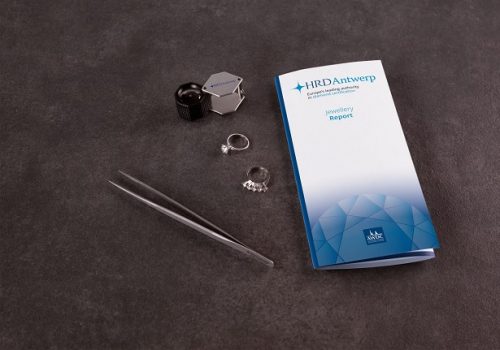
Christie’s Maharajas & Mughal Magnificence sale brought in more than $109 million, the highest total for any auction featuring Indian art.
The top lot was a Belle Époque brooch, created by Cartier in 1912, which fetched $10.6 million at the New York auction on Wednesday. The piece features a number of diamonds, including a pear brilliant-cut, 34.08-carat, E-color, VS1-clarity, and an oval brilliant-cut, 23.55-carat, D-color, VVS2-clarity stone. The brooch had a pre-sale estimate of $10 million to $15 million.
Other notable items included The Mirror of Paradise, a rectangular-cut, 52.58-carat, D-color, type IIa, internally flawless diamond ring, which sold for $6.5 million, below its low-end estimate of $7 million. The Shah Jahan dagger, named for India’s fifth Mughal emperor, sold for $3.4 million, and set a record price for an Indian jade object and a record price for a piece with Shah Jahan provenance.
Christie’s also sold The Arcot II, a pear-shaped, brilliant-cut, 17.21-carat diamond, found in India’s Golconda region in the late 18th century. The stone — given to Queen Charlotte of Great Britain by the regional ruler of India, the Nawab of Arcot — garnered $3.4 million, within its presale value of $2 million to $4 million.
Signed pieces by Cartier and contemporary jewels by JAR and Bhagat also did well, greatly exceeding their estimates, Christie’s noted, with all items on offer selling.
“The strong results today, after 12 hours of non-stop bidding, in front of a packed room and with phone and online bidders from all over the world, reflect the exceptional quality of this special collection and position it among the most storied private collections ever featured at auction,” said Christie’s CEO Guillaume Cerutti.
The sale also ranks as the second-highest auction total for a private jewelry collection, coming from the Al-Thani dynasty, the ruling family of Qatar. The highest total for a private collection is held by The Legendary Jewels — the Elizabeth Taylor’s collection — which garnered $115.9 million.
Overall, Christie’s sold 93% of the lots on offer at this week’s sale.
Source: DCLA




